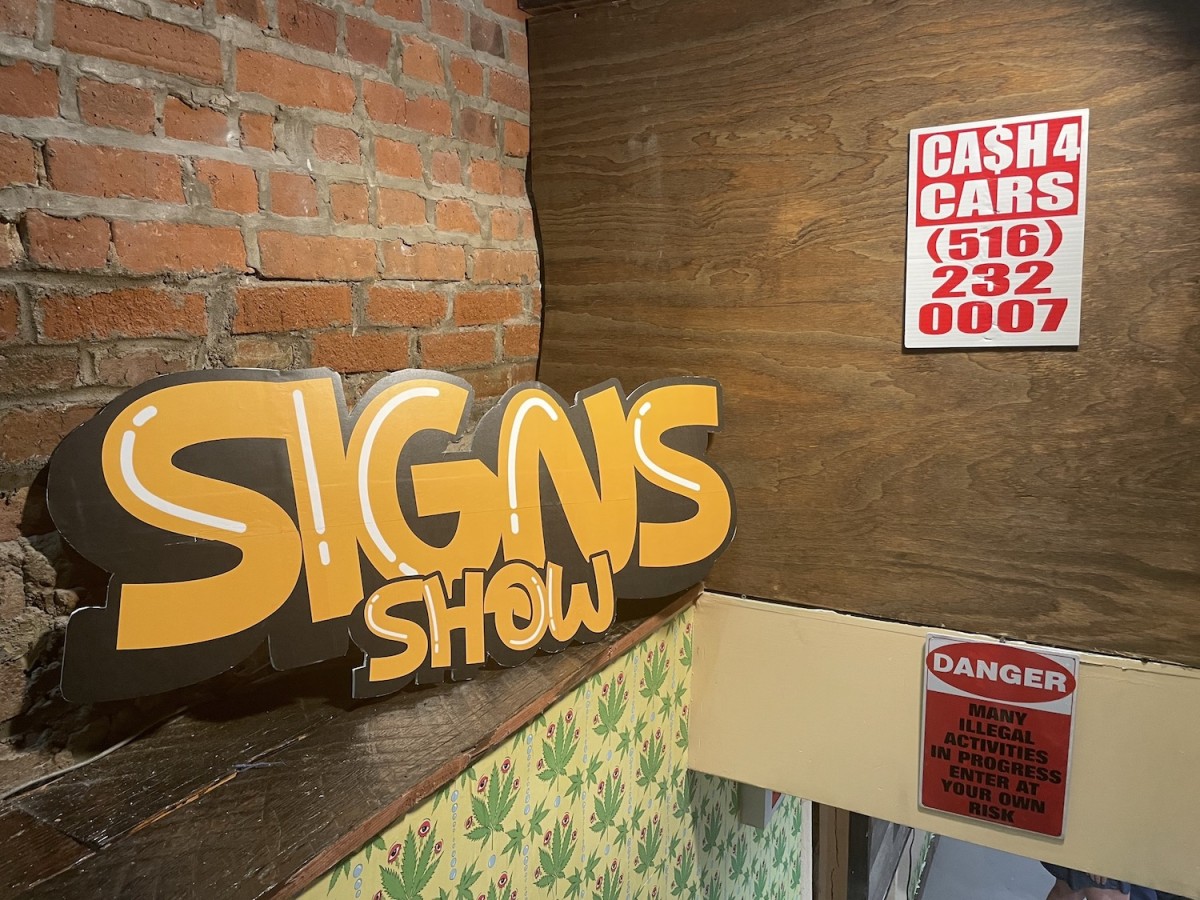New York City has an exciting cornucopia of street art. Wherever you walk around, you’re sure to pass hundreds of stickers, graffiti tags and all different types of expressive arts adorning the many surfaces of the city.
Despite its ubiquity, this art straddles the line of legality. Graffiti art is considered vandalism in New York City, punishable by fine, community service or even jail time. Artists may even be arrested just for carrying a marker or aerosol can if police believe they have the intent to paint graffiti. To be a street artist is to play a constant game of cat-and-mouse with law enforcement, at the risk of their own physical safety.
“Blood, sweat and tears, that’s what it takes,” said Homesick, a graffiti artist whose tags can be found all around Williamsburg and the East Village. “Because that’s what you get: you get cut up, you bleed, you painting, you running, you sweating and then in tears if you get caught.”
These circumstances have led to the development of a community of street artists which has an undeniable sense of camaraderie — but often among people who have never actually met in person.
Jesse Warner, the photographer behind a commonly-seen sticker depicting a woman eating spaghetti, describes his street art circles as an “anonymous kind of culture.” In spite of limiting circumstances, the art has a way of bringing people together.
Unfortunately, though, outside of this fairly niche community, street art is underappreciated. Stickers and tags can become iconic backgrounds of the neighborhoods they’re in, but these never seem to move into people’s direct attention. Street art is always present and visible, but is rarely acknowledged.
The “Living Artist$ Gallery,” a collective of street artists from across New York City, is looking to change that. In late September, the group debuted “SIGNS,” their second show devoted to street art, in the basement of Williamsburg’s The Marry Jane Shoppe.
“Living Artists is here to promote the work of local street artists, and at the same time, to give them a legal space to be able to do their work and share [it],” said Gii Romero, one of the show’s curators.
Warner and Homesick both had pieces on display at the show. Warner had another photo playing on his running theme of capturing food eaten in silly ways, this time featuring a person posing with ketchup and mustard captioned “Complimentary Condoms & Mints,” a play on the word “condiments.” Homesick’s piece, meanwhile, an airbrushed sign reading “Not For Sale,” with an accompanying poem, melds into the wider mission of their art, which they see as a protest against the gentrification and displacement in their neighborhood.
“I’m homesick to what this neighborhood used to be,” Homesick said, showing how street art can be a valuable avenue for social commentary. “A lot of my friends were displaced, and they left…some of them were evicted…the neighborhood changed so much.”
But beyond just showing off the artists’ work, the “SIGNS” show had another purpose — to keep the artists financially sustained. Street art generally doesn’t pay, and with the possibility of getting hit with a fine, it can be a big financial risk. Because of that, all of the pieces on display were for sale, with proceeds going directly to the artists themselves.
With so much on the line — personal safety, the threat of arrest, financial burdens — what keeps artists coming back? Different artists answer in different ways, but the common thread is that it fills a certain void in their lives. For Fernando Garcia, an illustrator who has dabbled in street art, it’s the feeling of freedom — to make the world your canvas — that scratches that itch.
“It’s the freedom of being an artist in general,” Garcia said. “And just to share your work. So often we’re so secluded and we do stuff at home, in our sketchbooks, but it feels cool to change the environment and just do something funky.”
For some, it seems that the appeal of street art comes not in spite of, but partially because of the risks involved. Multimedia artist Kalin Hart has seen many fellow artists who’ve chosen to do street art specifically for the rush of the dangers involved — a rush so potent she compares it to the high of drugs or alcohol.
But whether it’s the freedom of the city as your oyster, or the rush of the chase against the law, one thing is for sure — for those committed to street art, there’s just something about it that they can’t resist, that keeps pulling them back in time and time again.
“It’s very addicting, the whole process,” Homesick said. “The way the paint hits the wall is addicting, the way it comes out the can and hits the wall, you’re like, ‘damn.’”
Contact Hope Pisoni at [email protected].

























































































































































